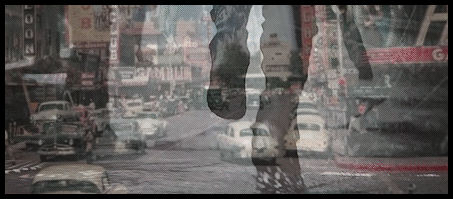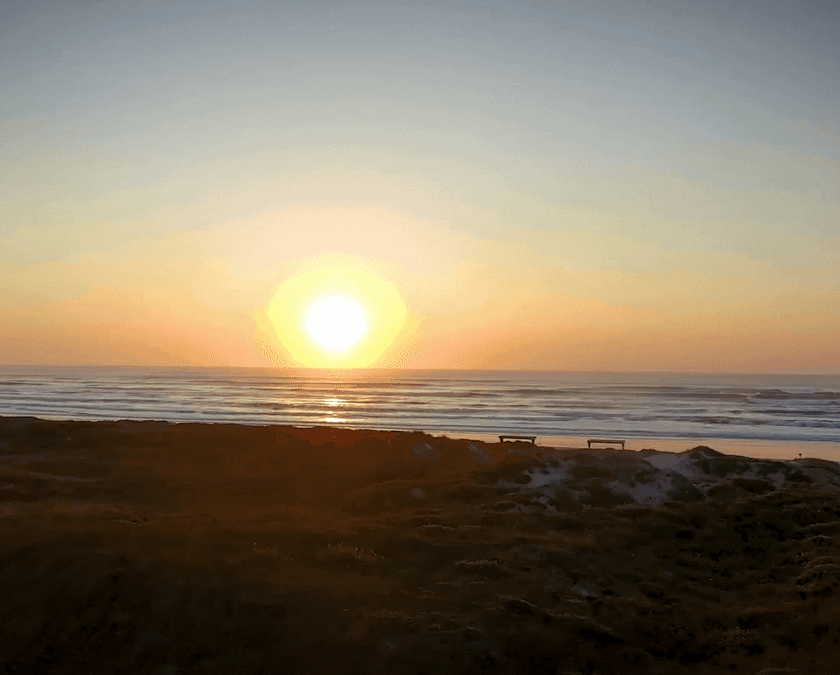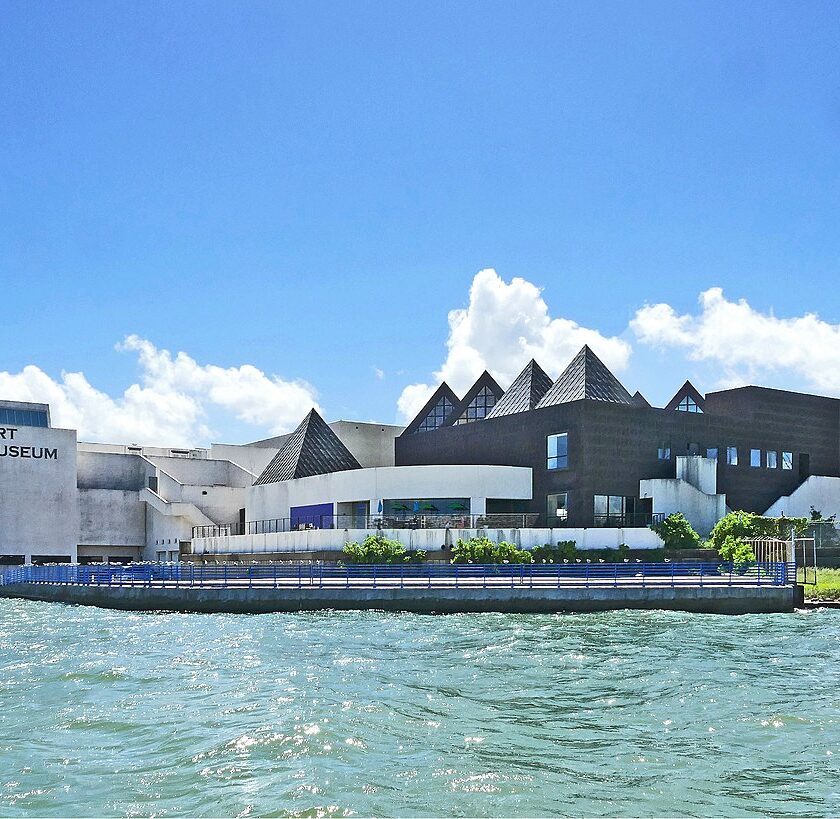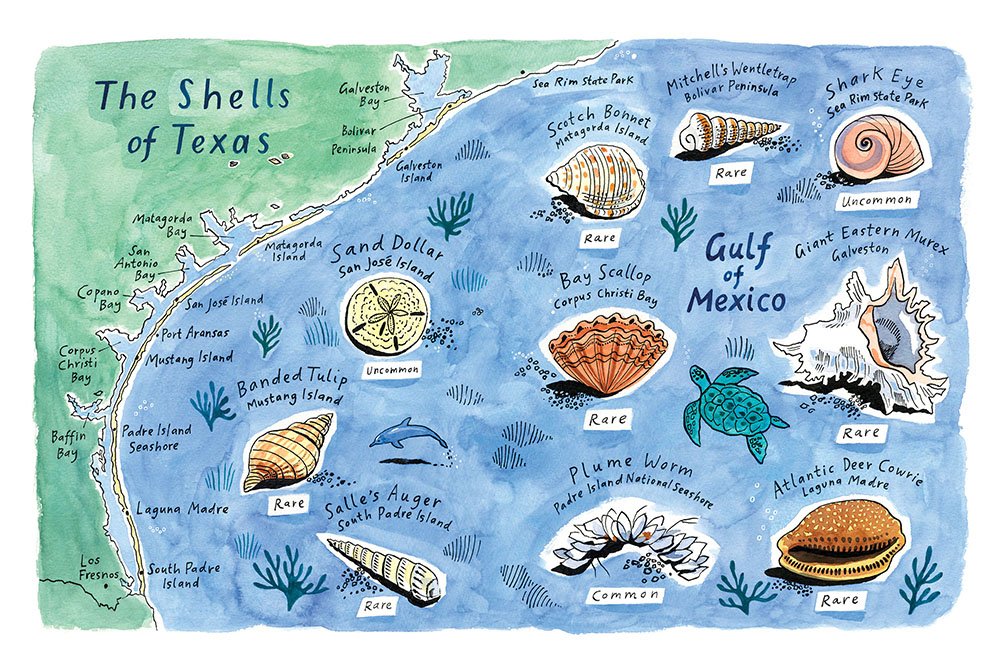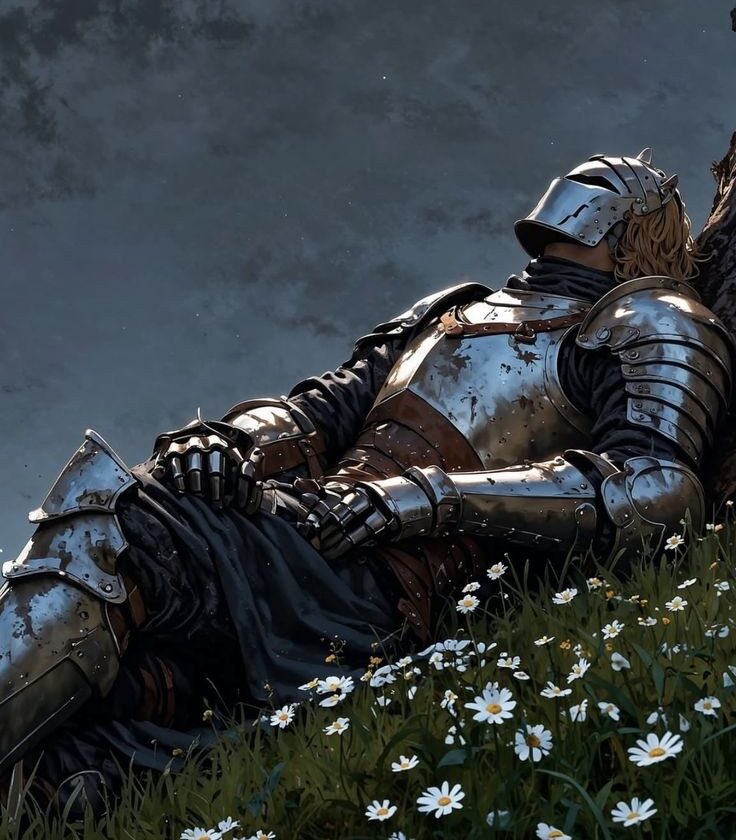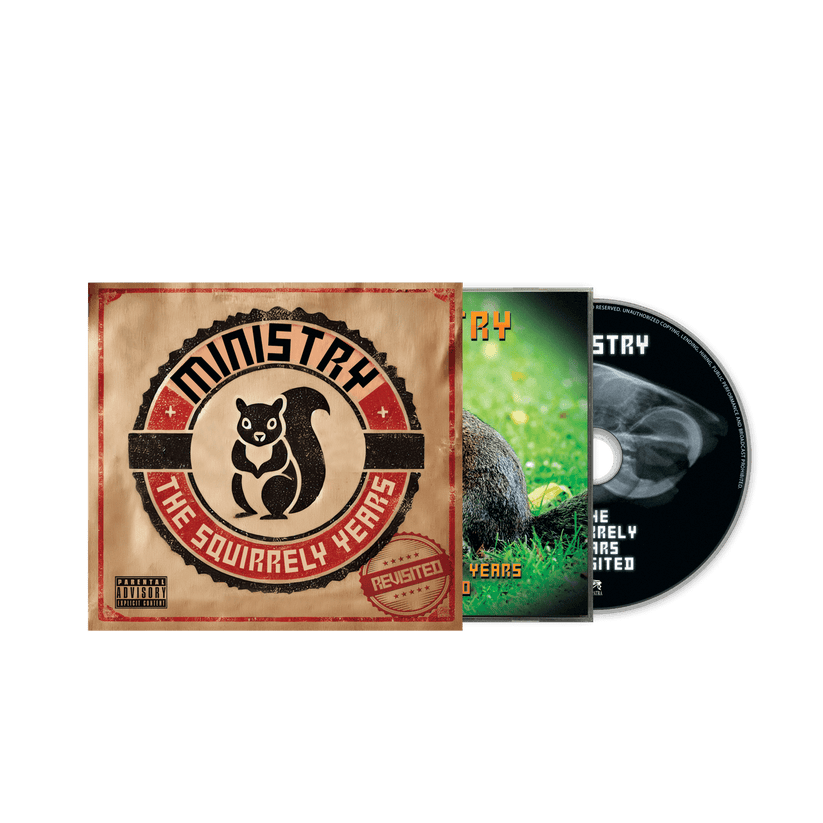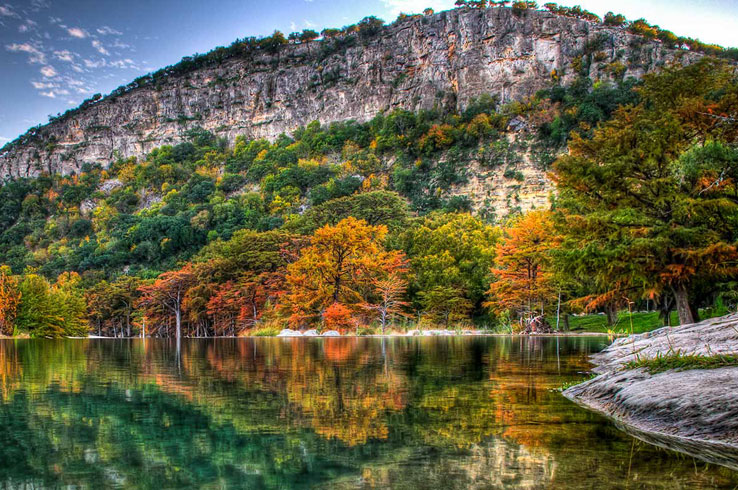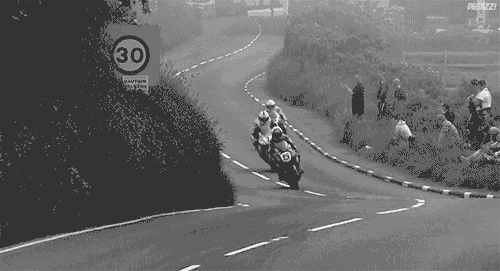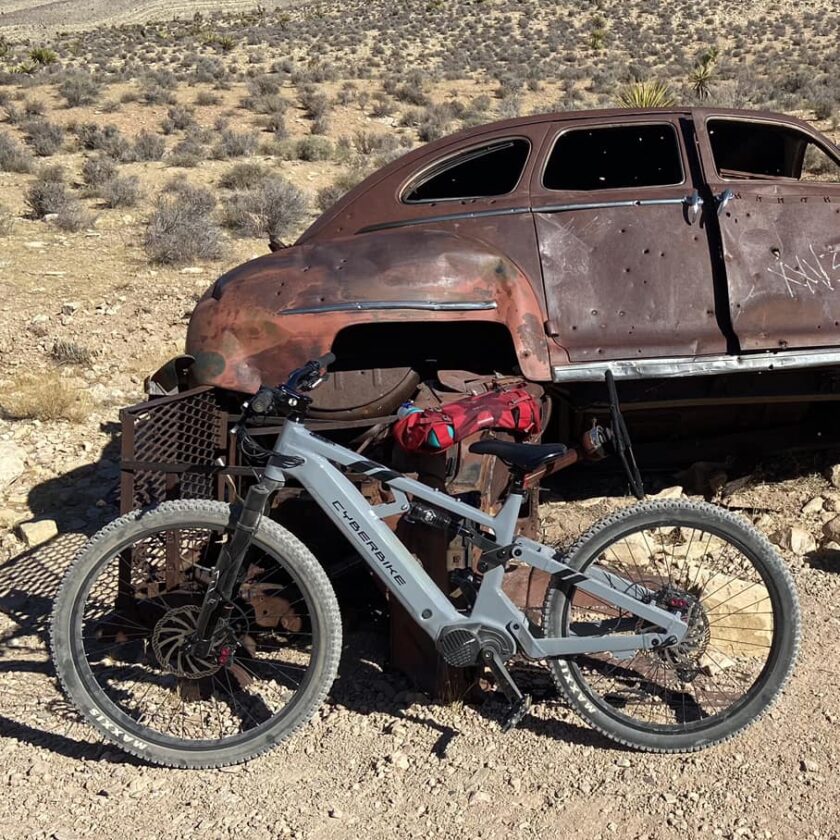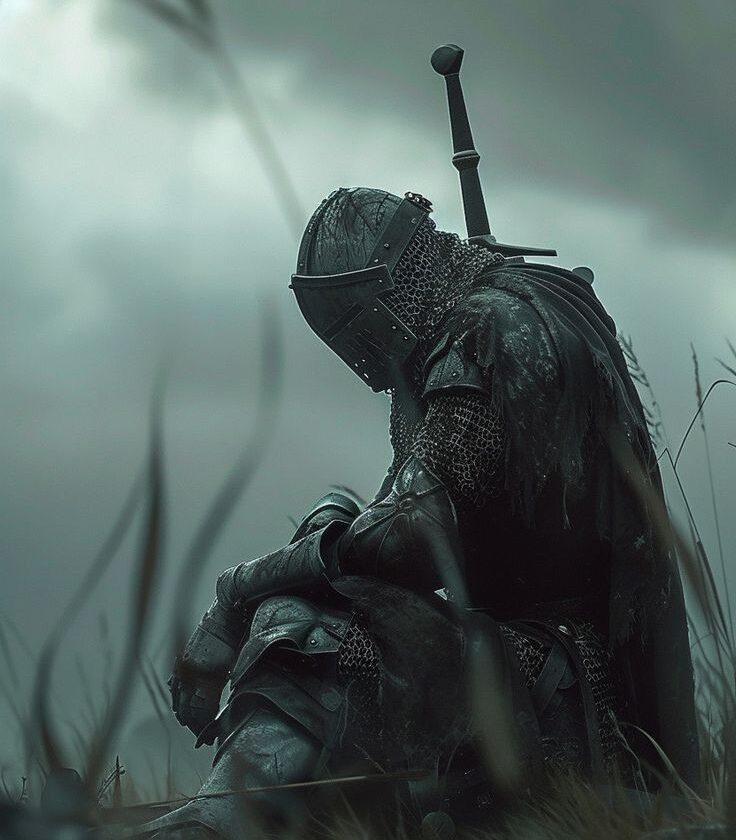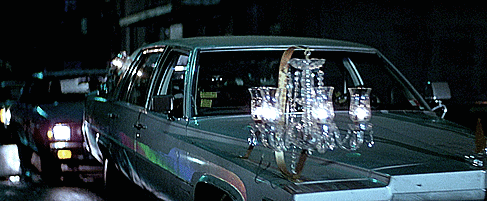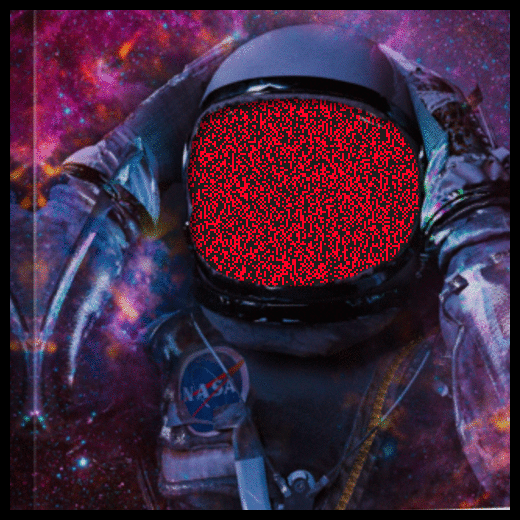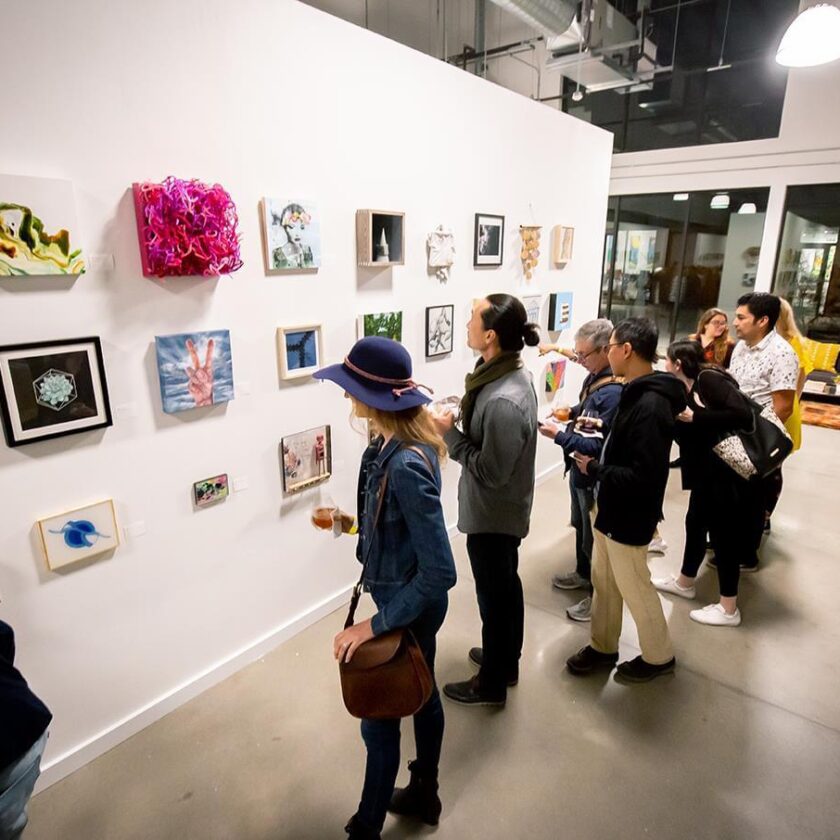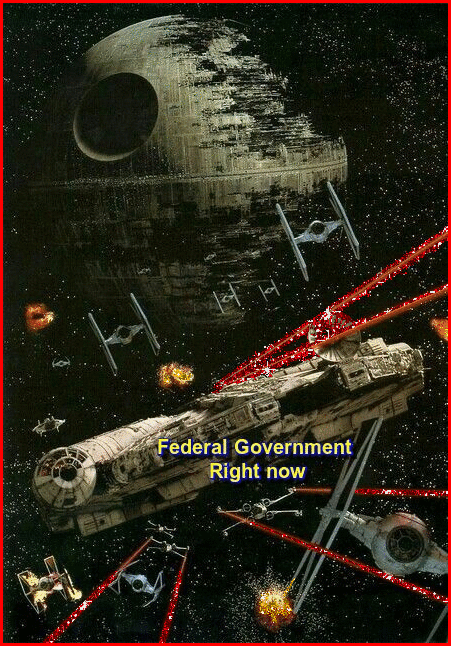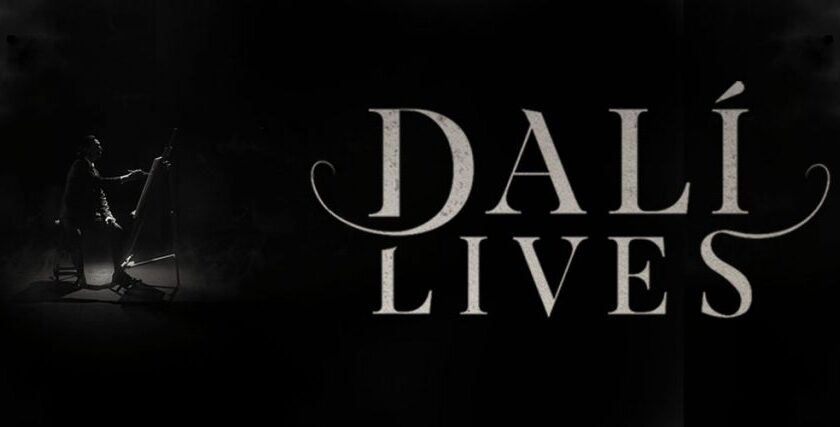LIGHT UP YOUR NIGHTS
THE Oceanside Guy
When the sun goes down, Corpus Christi lights up.
Nothing says vacation mode like going out for a night on the town, and naturally, we do everything bigger in Texas. Pop into a taproom to taste a flight of small-batch brews or visit Corpus Christi’s first distillery specializing in handcrafted spirits. Grab a frosty margarita (or order a pitcher) to go with platters of savory Tex-Mex cuisine. After a leisurely evening out, find the action that matches your mood – whether it’s a lively time in a pub, a round of pool and brews at a dive bar, or an entertaining night of Texas two-stepping. No matter what the vibe is you’re looking for, it’s all right here late into the night.
Mural Fest
presented by Corpus Christi Medical Center Returns
with Five New Murals in Downtown Corpus Christi !!!
Corpus Christi, Texas – The 2024 Downtown Corpus Christi Mural Fest, presented by Corpus Christi Medical Center, returns for its third year, and will bring five new, large-scale murals to Downtown Corpus Christi’s Marina Arts District. The Corpus Christi Downtown Management District (CCDMD) is producing the festival hosted on Friday, June 7th during the monthly First Friday ArtWalk—dubbed MuralWalk—from 6:00-10:00PM.
The artist line-up and the walls to be painted for the 2024 Downtown Corpus Christi Mural Fest, include:
- Anthony Brooks, Chicago, Illinois/Berlin, Germany – The Centre Theatre, 410 N Chaparral Street
- Stephanie “SM Sanz” Sanz, Dallas, Texas – Northwater Apartments, 1001 N Water Street
- Sonny “Sonny Sundancer” Behan, Florida/South Africa – Retama Vista Apartments, 425 Schatzell Street
- Andrey “Key Detail” Kravtsov, New York, New York – Aka Sushi Downtown, 415 N Water Street
- Creative Culture, a collective of local artists led by Jeremy Flores – The Ward Building, 541 N Chaparral Street
And the 2024 National Mural Awards (NMA) ceremony, which will be held on Saturday, June 8th.
During MuralWalk, the public can take self-guided tours to see the murals and get “artographs” from the Mural Fest 2024 national artists. The festival will also feature regular monthly ArtWalk programming, such as block parties on Chaparral, Lomax, Peoples, and Starr Streets, and ArtWalk park parties at La Retama and Artesian Parks. The parties will host over 100 pop-up vendors, local food trucks, and live music on the streets and inside select businesses.
Last year, there were over 30,000 attendees over the span of the 2-day festival. Five new murals were painted throughout the Marina Arts District, including a ground mural in Norma Urban Park, a three-story mural of Corpus Christi Native Farrah Fawcett, and a five-story mural honoring our “Birdiest City” designation.
A full schedule of events will be announced in the coming weeks. All events are weather permitting. Murals produced by the festival are semi-permanent and intended to last for several years.
For more information about the 2024 National Mural Awards, visit https://www.nationalmuralawards.org/
Corpus Christi (/ˌkɔːrpəs ˈkrɪsti/ KOR-pəs KRIS-tee; Latin for ‘Body of Christ‘) is a coastal city in the South Texas region of the U.S. state of Texas and the county seat and largest city of Nueces County[5] with portions extending into Aransas, Kleberg, and San Patricio counties. It is 130 miles (210 km) southeast of San Antonio and 208 miles (335 km) southwest of Houston. Its political boundaries encompass Nueces Bay and Corpus Christi Bay. Its zoned boundaries include small land parcels or water inlets of three neighboring counties.
The city’s population was 316,239 in 2022, making it the eighth-most populous city in Texas. The Corpus Christi metropolitan area had an estimated population of 442,600.[1] It is also the hub of the six-county Corpus Christi–Kingsville combined statistical area, with a 2013 estimated population of 516,793. The Port of Corpus Christi is the fifth-largest in the United States. The region is served by the Corpus Christi International Airport.
The city’s name means body of Christ in Ecclesiastical Latin, in reference to the Christian sacrament of Holy Communion. The name was given to the settlement and surrounding bay by Spanish explorer Alonso Álvarez de Pineda in 1519, as he discovered the lush semitropical bay on the Western Christian feast day of Corpus Christi.
Corpus Christi is home to Naval Air Station Corpus Christi, one of two locations training primary student pilots and advanced multiengine pilots of the US Navy, US Marine Corps, and US Coast Guard.
Neighborhoods
- Annaville
- Clarkwood
- Bayside
- Calallen
- Flour Bluff
- Gardendale
- Hillcrest
- North Beach
- South Side
- Mustang Island
- North Padre Island
Suburbs
- Portland
- Robstown
- Aransas Pass
- Port Aransas
- Sinton
- Odem
- Gregory
- Mathis
- Taft
- Ingleside
- Agua Dulce
- Bishop
History [wiki]
Main article: History of Corpus Christi, Texas
For a chronological guide, see Timeline of Corpus Christi, Texas.
Spaniard Alonso Alvarez de Pineda traveled in 1519 to this bay on the day of the religious Feast of Corpus Christi, so named the semitropical bay Corpus Christi.[6]
Cabeza de Vaca may have passed through Corpus Christi in the 1500s, but the first European to study the Nueces River and Corpus Christi Bay was Joaquín de Orobio y Basterr in 1747. A few years later, José de Escandón organized a colony of about 50 families to settle the head of the bay, though this was short-lived.[7]
In 1839, the first known permanent settlement of Corpus Christi was established by Colonel Henry Lawrence Kinney and William P. Aubrey as Kinney’s Trading Post, or Kinney’s Ranch. It was a small trading post that sold supplies to a Mexican revolutionary army camped about 25 mi (40 km) west.[8] In July 1845, U.S. troops commanded by General Zachary Taylor set up camp there in preparation for war with Mexico, where they remained until March 1846. About a year later, the settlement was named Corpus Christi and was incorporated on September 9, 1852.[9]
The Battle of Corpus Christi was fought between August 12 and August 18, 1862, during the American Civil War. United States Navy forces blockading Texas fought a small land and sea engagement with Confederate forces in and around Corpus Christi Bay and bombarded the city. Union forces defeated Confederate States Navy ships operating in the area, but were repulsed when they landed on the coast.[10]
In November 1873, seven Mexican shepherds were lynched by a mob near the city. The crime was never solved.[11]
The Port of Corpus Christi was opened in 1926, and the Corpus Christi Naval Air Station was commissioned in 1941.[8]
In February 1929, the League of United Latin American Citizens (LULAC) was founded in Corpus Christi. This organization was created to battle racial discrimination against Hispanic people in the United States. Since its founding, LULAC has grown and now has a national headquarters in Washington, D.C.[12]
In March 1949, the American GI Forum (AGIF) was founded in Corpus Christi. Currently, AGIF focuses on veteran’s issues, education, and civil-rights issues. This organization was founded after concerns over the segregation of Mexican-American veterans from other veterans groups and the denial of medical services based on race by the United States Department of Veterans Affairs.
The 1919 Storm devastated the city, killing hundreds on September 14. Only three structures survived the storm on North Beach.[13] To protect the city, the seawall was built. The city also suffered damage from Hurricane Celia in 1970 and Hurricane Allen in 1980, but little damage from Hurricane Ike in 2008. In 2017, the city was affected by Hurricane Harvey, then by Hurricane Hanna in 2020. Rough surf from Hurricane Laura caused one death and one injury at a beach in the city in late August 2020, just a month after Hanna.[14]
Cisneros v. Corpus Christi Independent School District (1970) was the first case to extend the U.S. Supreme Court’s Brown v. the Board of Education of Topeka, Kansas decision (1954) to Mexican Americans. It recognized them as a minority group that could be and was frequently discriminated against. Such segregation and discrimination were ruled unconstitutional. Judge Woodrow Seals found that the school board consciously fostered a system that perpetuated traditional segregation. This included a system that bused Anglo students to schools out of their neighborhoods, renovated old schools in black and Mexican-American neighborhoods rather than building new ones, assigned black and Hispanic teachers to segregated schools, and limited hiring of such teachers at other schools; the school board also lacked a majority-to-minority busing system.[15]
In 2012, Corpus Christi was ranked as the second-least literate city in the U.S. in a study by Central Connecticut State University.[16]
Texas A&M University-Corpus Christi
